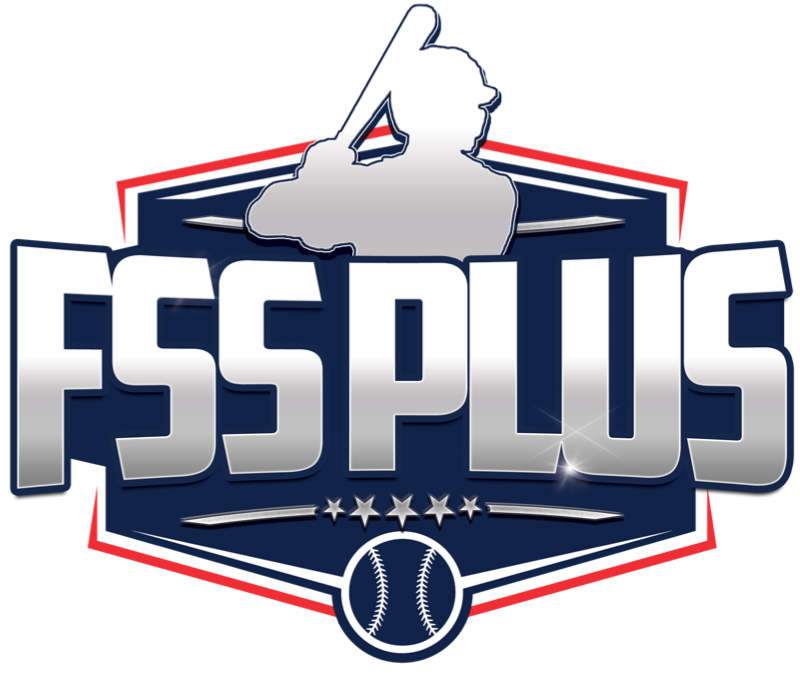"If you can't handle the heat, get out of the kitchen." -- Harry S Truman
Surely the 33rd president of the United States knew his expressive metaphor would be used to describe one's ability to handle velocity in collegiate baseball 70 years later. Alas, it surely applies. Velocity in the game of baseball has continued it's linear climb through time. 2023 saw the fastest average fastball in the history of the sport at 94.2 mph. The average fastball velocity has ticked up or remained the same for 16 years in a row. In fact, the average fastball velocity is up 2.3 mph since 2008. You have to hit the fastball.
It's a prerequisite in today's game. Blowing a fastball by a hitter who can't hit the heat is one of the easier paths a pitcher can take toward getting an out. The game has shifted so much in fact, over the last two years fastballs are used less than secondary offerings. Pitchers are ripping sliders and curveballs at record rates to get hitters off their fastballs. Timing up velocity has become commonplace. Pitchers are being forced to explore new weapons as primary offerings.















